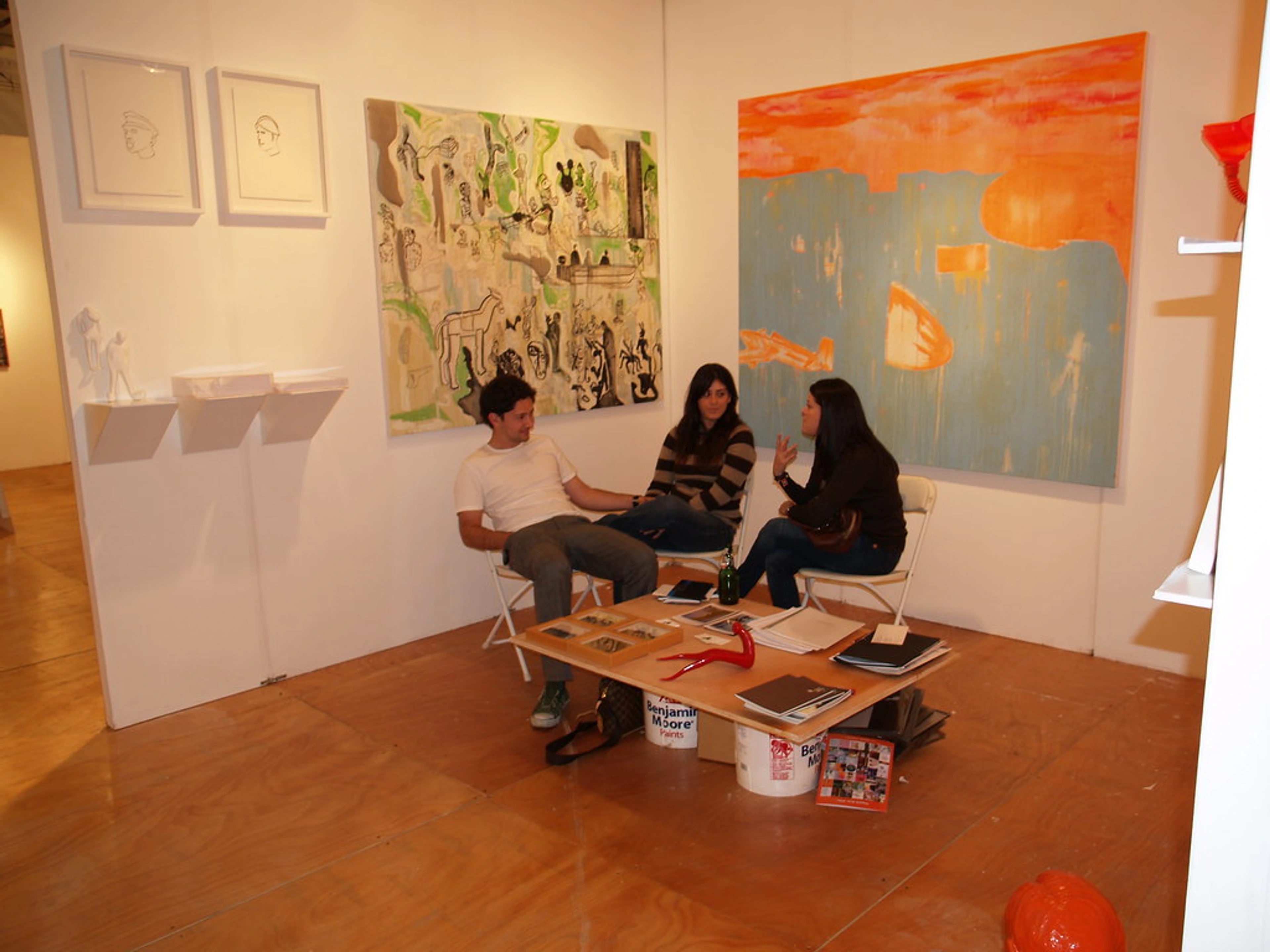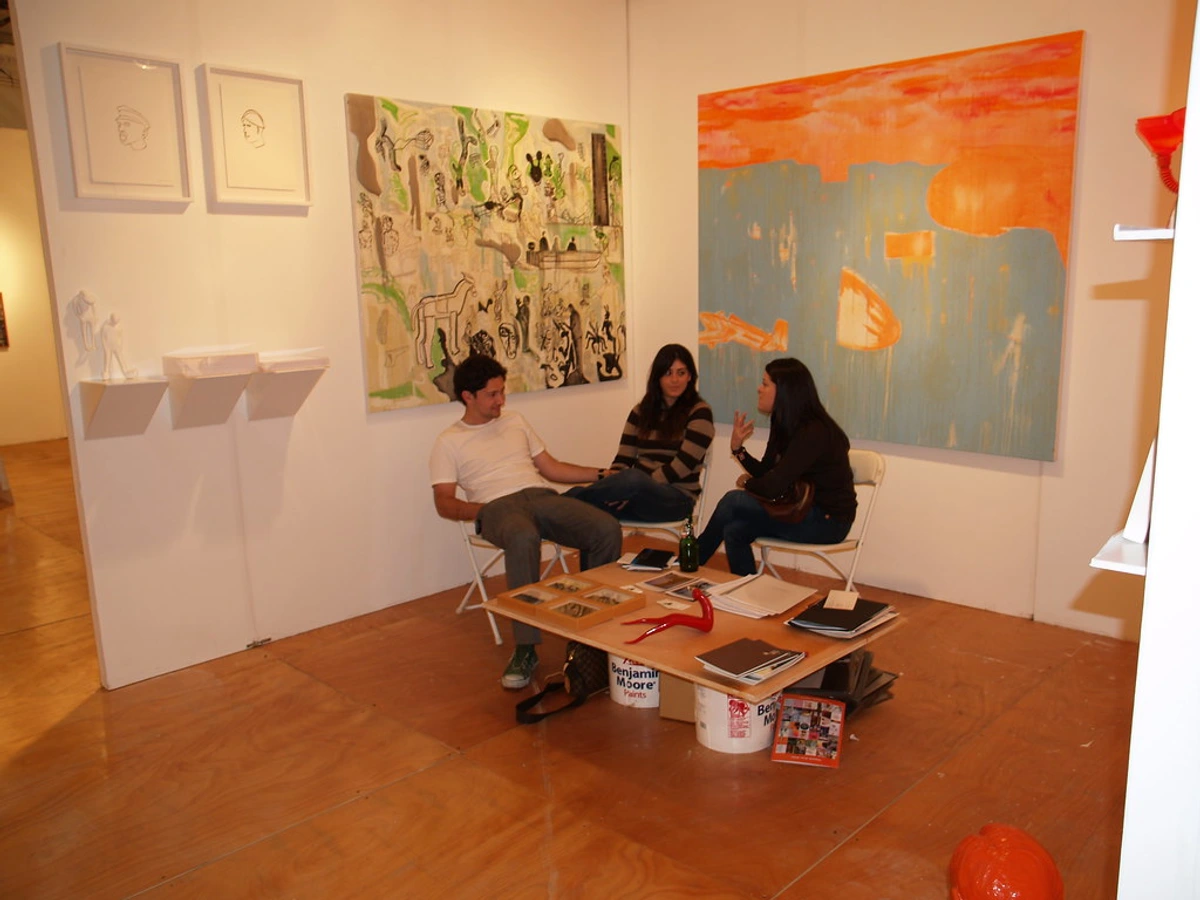
The Indispensable Role of the Art Registrar in Museums and Galleries
Explore the critical responsibilities of an Art Registrar in safeguarding, documenting, and managing art collections. This guide delves into their work in logistics, condition reporting, and exhibition coordination for art world enthusiasts.
The Indispensable Role of the Art Registrar in Museums and Galleries
Within the intricate ecosystem of the art world, many roles operate behind the scenes, yet their impact is nothing short of foundational. Among these, the Art Registrar stands as a linchpin, a professional whose meticulous dedication ensures the longevity, integrity, and accessibility of art collections within museums, galleries, and private institutions worldwide. For anyone contemplating a career in the arts, understanding this crucial position is not merely insightful; it is essential to grasping how art moves from an artist's studio to a public exhibition, and how it is preserved for future generations.
The role of the Art Registrar is multifaceted, demanding a unique blend of expertise spanning art history, conservation science, legal frameworks, logistics, and database management. They are the ultimate custodians of an institution’s artworks, overseeing every aspect of their journey and existence once they enter the collection. It is a demanding profession that requires an unwavering attention to detail and a profound respect for the objects under their care.
Core Pillars of Responsibility
The Registrar's responsibilities can be categorized into several critical areas, each vital to the smooth operation and ethical stewardship of an art collection.
I. Collection Management and Documentation
At the heart of the Registrar's duties is the rigorous management and documentation of every artwork. This involves creating and maintaining comprehensive records for each piece, often from its acquisition. These records are far more than simple labels; they are exhaustive dossiers containing vital information such as provenance (the history of ownership), artist details, date of creation, materials, dimensions, and exhibition history. This painstaking documentation is crucial not only for historical accuracy but also for legal clarity and the ongoing understanding of an artwork’s context.
Registrars are the architects of an institution’s inventory system, whether it’s a physical card catalog or, more commonly today, a sophisticated digital database. This system allows for precise tracking of every item, ensuring that an artwork’s location and status are always known. This level of detail is indispensable, particularly when considering the complexities of understanding art appraisals or tracing an object's complete history.
II. Art Logistics: Movement and Installation
Artworks are rarely static. They travel for exhibitions, loans, conservation treatments, and storage. The Registrar orchestrates every movement, no matter how minor or monumental. This involves a complex ballet of planning, risk assessment, and execution.
- Packing and Crating: Determining the appropriate packing materials and methods to protect fragile works during transit.
- Transportation: Arranging secure transport, often with specialized art shippers, nationally and internationally.
- Customs and Shipping Documents: Navigating complex international regulations and ensuring all necessary paperwork is in order.
- Installation and De-installation: Collaborating with preparators and conservators to safely install and remove artworks for exhibition or storage.
This logistical mastery ensures that a priceless painting or sculpture arrives at its destination unharmed, a task that demands precision and foresight.
III. Condition Reporting and Conservation Liaison
Every time an artwork moves or is handled, a condition report is generated. This detailed document meticulously describes the physical state of the artwork, noting any existing damage, deterioration, or signs of stress. Registrars are trained to observe and document these details with expert precision. They also serve as the primary liaison with conservators, consulting on optimal environmental conditions, necessary treatments, and preventative measures to preserve the artwork.
Maintaining the health of a collection is paramount, and the Registrar's eye for subtle changes can prevent minor issues from escalating into significant damage. This proactive approach is a cornerstone of responsible collection stewardship.
IV. Risk Management: Insurance and Legalities
Protecting artworks financially and legally falls squarely within the Registrar’s purview. They are responsible for securing appropriate insurance coverage for the collection, whether it's for permanent holdings, incoming loans, or outgoing exhibitions. This involves complex valuations and understanding the nuances of fine art insurance policies. A robust knowledge of legal frameworks pertaining to cultural heritage, intellectual property, and international loan agreements is also critical. They safeguard the institution against potential legal challenges and financial losses.
V. Storage and Inventory Control
When artworks are not on display, they reside in carefully controlled storage facilities. Registrars manage these spaces, ensuring that environmental conditions (temperature, humidity, light) are stable and optimized for preservation. They implement systematic organizational structures for the collection, making sure each piece is easily locatable and safely housed. This often involves collaborating on art storage solutions to maximize space while minimizing risk.

https://live.staticflickr.com/2739/4188216142_f77d710904_b.jpg, https://creativecommons.org/licenses/by-nc-nd/2.0/
VI. Exhibition Coordination
While curators conceptualize exhibitions, the Registrar is indispensable in bringing them to fruition from a practical standpoint. They coordinate the logistics of loan agreements, manage shipping schedules for incoming and outgoing works, ensure proper display conditions, and oversee the installation process. Their involvement guarantees that the artworks are not only beautifully presented but also safe and properly accounted for throughout the exhibition run.

https://live.staticflickr.com/139/318065672_57cfb7dcc6_b.jpg, https://creativecommons.org/licenses/by/2.0/
The Essential Skillset of an Art Registrar
Success in this role demands a unique combination of hard and soft skills:
Skill Category | Specific Skills Required |
|---|---|
| Technical | Database Management, Photography (for condition reports), Packing & Handling Techniques, Environmental Monitoring, Conservation Principles |
| Analytical | Risk Assessment, Problem-Solving, Attention to Detail, Research & Provenance Verification |
| Legal/Admin | Contract Negotiation, Insurance Management, Customs Regulations, Record-Keeping |
| Interpersonal | Communication, Collaboration (with curators, conservators, lenders), Diplomacy, Time Management, Leadership |
A Registrar often interacts with a wide array of professionals, from artists to art handlers to legal counsel, requiring adaptable communication and strong organizational abilities. It's a role that bridges the creative and the logistical, ensuring that the passion behind collecting emerging abstract art is matched by meticulous care.
Why the Registrar's Role is Indispensable
The Registrar acts as the institution's memory, its guardian, and its primary operational manager for the collection. Without their expertise, artworks could be lost, damaged, or mishandled, jeopardizing both the cultural heritage they represent and the institution's reputation. They uphold the highest standards of stewardship, making it possible for scholars to study, and the public to experience, the world's artistic treasures.
For those drawn to the art world but perhaps not to the studio or the curatorial spotlight, the Registrar offers a pathway to a profoundly impactful career. It is a role where precision meets passion, and every detail contributes to the enduring legacy of art.
Frequently Asked Questions About Art Registrars
What is the difference between a Registrar and a Collections Manager?
While often overlapping, a Registrar typically focuses on the movement, loans, legal, and insurance aspects of a collection, alongside condition reporting. A Collections Manager often has a broader purview, including the physical care, storage, and long-term preservation strategies for the collection. In smaller institutions, one person may perform both roles.
What qualifications are needed to become an Art Registrar?
Typically, a Master's degree in art history, museum studies, or a related field is preferred. Practical experience through internships or entry-level positions in museum collections or registration departments is also highly valued. A strong understanding of art handling, conservation principles, and database systems is essential.
Do Art Registrars travel a lot?
Yes, Registrars often travel as art couriers to accompany high-value artworks during transit, ensuring their safety and overseeing their installation at destination venues. This travel can be domestic or international, depending on the scope of the institution's loans and exhibitions.
How do Registrars ensure the safety of artworks during transit?
They meticulously plan every step: selecting appropriate crates, monitoring climate control during shipping, ensuring secure transportation methods, and often accompanying the artworks as couriers. They conduct thorough condition reports before and after transit to document any changes.
Is the Registrar involved in buying art from local artists?
While the Registrar doesn't typically make acquisition decisions (that's the curator's role), they are heavily involved once an acquisition is approved. They manage the initial documentation, condition reporting, and integration of the new artwork into the collection, regardless of whether it's from a local artist or a major auction house. They ensure that all the necessary paperwork is in order to formally welcome the artwork into the institution's care. If you're an artist looking to sell your work, understanding this process is crucial, and you can always explore opportunities to get your art seen and potentially acquired by institutions via platforms like this website.




